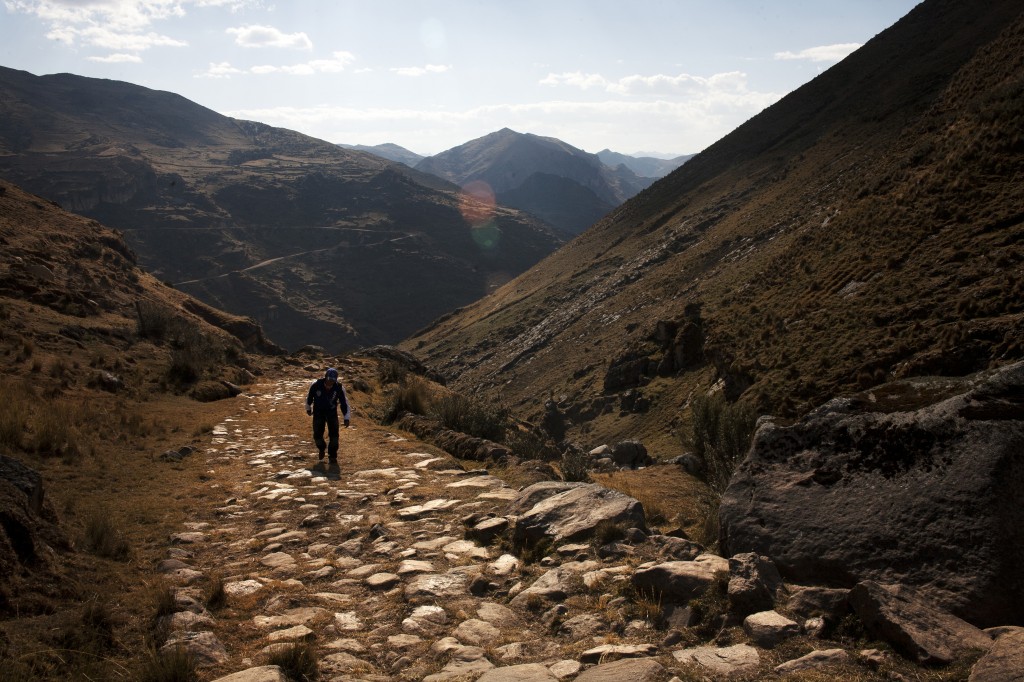Last month, the Andean road system ‘Qhapaq Ñan’ across Argentina, Bolivia, Chile, Colombia, Ecuador and Peru was granted UNESCO World Heritage status. It is the first time multiple countries have worked together to register one site on the heritage list. Qhapaq Ñan has been selected for its architectural, engineering and sociocultural significance.
Covering some 18,600 miles (30,000 km), the Inca road system was the largest and most sophisticated transportation system in South America of its time – at its height in the 15th century. The famous Inca Trail leading to the site of Machu Picchu is only a very small part of the network. It has been constructed with a lot of time and effort over several centuries, partly based on pre-Inca foundations, and runs through extreme geographic and climate conditions linking Andean mountains with rainforests, valleys, deserts and the coast.

Qhapaq Ñan had two main north-south roads with many branches, an eastern route from Quito in Ecuador to Mendoza in Argentina, and a western route following the coast. They connected the Inca capital of Cusco in Peru with distant areas of the empire, including populated areas, administrative centres, agricultural and mining zones, ceremonial centres and sacred spaces. Generally between 1 and 4 metres in width, the roads varied in scale, construction and appearance, from enormous stone steps on mountain slopes to roads with low walls in desert regions to stop the sand from drifting over the road; and log, stone or reed bridges over rivers and valleys.
The network was used for transportation, trade, military and religious purposes. The Incas used runners to deliver messages and light weight goods, and llamas and alpacas to transport larger amounts of goods. Runners ran as much as 240 km per day and rested in relay stations along the way. Resources were redistributed between different regions to make sure all parts were able to obtain all of the resources – one of the reasons the Inca Empire was so powerful. The military used the roads for communication, personnel movement, and logistical support, and built food storage houses in the event of conflicts or shortages. One was found to comprise 37,100 cubic metres, enough to feed 12,000 people! The Incas also used the roads to visit sites of worship and to hold rituals at the tops of mountains, including the sacrifice of llamas.
Now that the road system has been granted UNESCO World Heritage status, it is eligible for much-needed financial support towards preservation and protection, and has the potential to strengthen the bond between the different peoples of the Andes and reinforce cultural identity.





